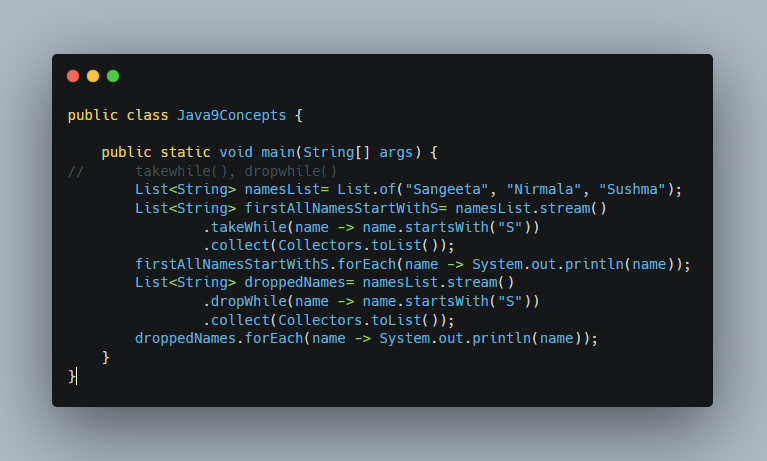Java 9, released in September 2017, marked a significant milestone in the evolution of the Java programming language. Packed with a plethora of new features and enhancements, Java 9 brought about transformative changes aimed at enhancing developer productivity, code maintainability, and performance. In this article, we embark on a journey to uncover the exciting features introduced in Java 9, ranging from the module system (Project Jigsaw) to enhancements in the Streams API and improvements in the language syntax. Join us as we delve into the depths of Java 9 and explore how these innovations have reshaped the Java ecosystem, empowering developers to build more robust, scalable, and efficient applications.
Module System (Project Jigsaw):
The module System revolutionized how java applications are structured and managed. It allows developers to encapsulate code into discrete units called modules, each with its own set of dependencies and access controls. This enhances code maintainability, scalability, and security by providing clear separation of concerns and better control over dependencies.
A module is defined by a ‘module-info.java’ file, which resides in the root of the module directory. This file declares module metadata such as its name, dependencies, and exported packages.
Example:

‘module’ keyword declares a module
‘requires’ keyword specifies dependencies on other modules
‘exports’ make packages accessible to other modules
JShell
JShell is a Read-Eval-xprint Loop (REPL) tool that provides an interactive environment for quickly experimenting with java code snippets. It allows developers to write and execute a java code statements and expressions directly, without the need of creating a full java program or compiling source files.


Factory methods for collections:
Factory methods for collections provide convenient ways to crate immutable instances for collections like List, Set, Map. These methods return unmodifiable collections, meaning that once created, the collections cannot be modified(e.g: adding or removing elements). This ensures thread safety and immutability.
Example:

Private methods in interfaces:
Private methods in interfaces are useful for organizing and reusing code within interfaces without exposing them to implementing classes or other interfaces. Private methods allow interface authors to reuse common code across multiple default methods or static methods within the same interface. This promotes code maintainability and reduces duplication. Private methods can be called from default methods within the same interface. This enables default methods to share common logic without exposing it to implementing classes. Since private methods are encapsulated within the interface, they can be added, modified, or removed without affecting implementing classes or breaking backward compatibility. This provides flexibility in evolving interfaces over time.

Stream API Enhancements:
Java 9 introduced several enhancements to the Stream API, providing additional functionality and flexibility for stream processing operations. These enhancements improve the expressiveness, readability, and performance of stream-based code.
takeWhile() and dropWhile() Methods:
takeWhile() method returns elements from the stream until the specified predicate is false. Once the predicate becomes false, it stops processing further elements.
dropWhile() method discards elements from the stream until the specified predicate is false. Once the predicate becomes false, it includes all remaining elements in the stream.

iterate() Method with Predicate:
The iterate() method now supports a predicate parameter, allowing for early termination of the iteration when the predicate returns false.

ofNullable() Method:
The ofNullable() method allows creating a stream with either zero or one element based on the provided value. If the value is null, an empty stream is returned; otherwise, a singleton stream is returned.

Process API Improvements:
Enhanced the Process API to manage and control native processes.

Try-With-Resources Enhancements:
Allows effectively final variables to be used in try-with-resources statements.

HTTP/2 Client:
Provides a new HTTP client API that supports HTTP/2 and WebSocket.
